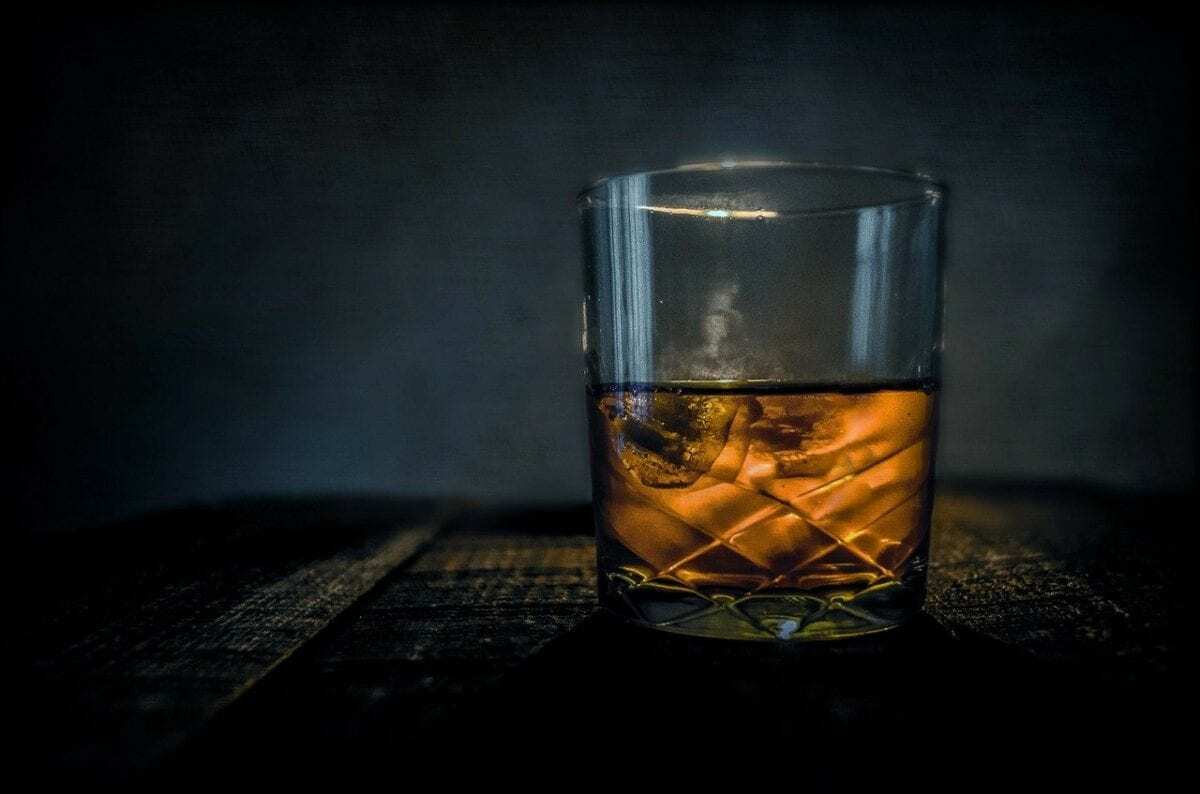Whisky that laid buried for over 100 years next to Ernest Shackleton’s hut has been recreated.
The gruelling British Antarctic Expedition of 1907-1909 brought Shackleton and his team to the edge of starvation before they eventually fell short of their ultimate goal by less than 100 miles.
But they left behind several crates of Mackinlay’s Rare Old Highland Malt, buried in the icy darkness beneath the hut at Cape Royds.
In February 2007, after a century entombed in thick ice, three crates of Shackleton’s whisky were uncovered. And this year, three of the bottles made an historic journey home to the Highlands to Richard Paterson, Whyte & Mackay’s master blender.
Alongside his expert team, Richard embarked on a new adventure in the Shackleton story – faithfully recreating this famous whisky.
Richard Paterson said: “There can’t be a better Christmas gift for those that love history, adventure or whisky.
“Shackleton himself chose this whisky to warm the hearts of his brave colleagues in harsh, cold conditions. If this year’s winter is anything like last year, then stock up and enjoy a whisky that will help your spirit endure the harshest of weather. It survived a 100 years in Antarctic ice so it should be a safe bet for a UK winter.
“The bottles recovered from the bitter Antarctic ice were carefully thawed and meticulously analysed to ensure our recreation of Shackleton’s whisky perfectly resembled the original malt from 1907. The result is a shimmering light honey colour, with a soft, elegant and refined aroma.
“Detailed nosing reveals delicate notes of crushed apple, pear and fresh pineapple with notes of oak shavings, smoke and hints of buttery vanilla, creamy caramel and nutmeg.
“The tasting reveals an enduring spirit that has plenty of impact on the palate; a tantalising array of flavours that is both harmonious and exhilarating. This is a real collectors’ item.”
The bottle and packaging has been faithfully recreated in the style of Shackleton’s original whisky. Bubbles in the glass make each bottle unique, while hand-lettering and labelling techniques from the early 20th century provide whisky lovers with a truly authentic recreation of the whisky once enjoyed by Shackleton and his intrepid team.







